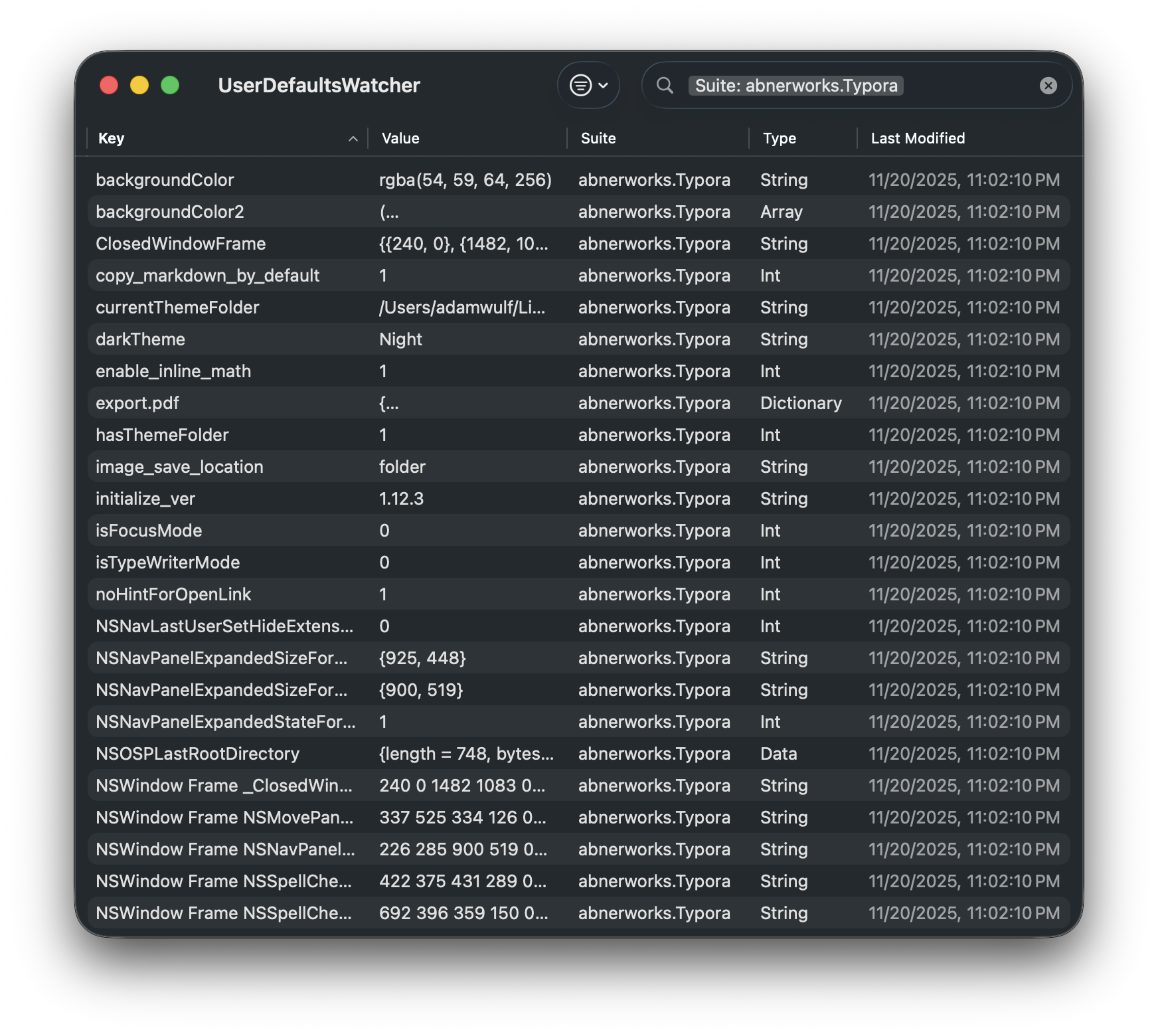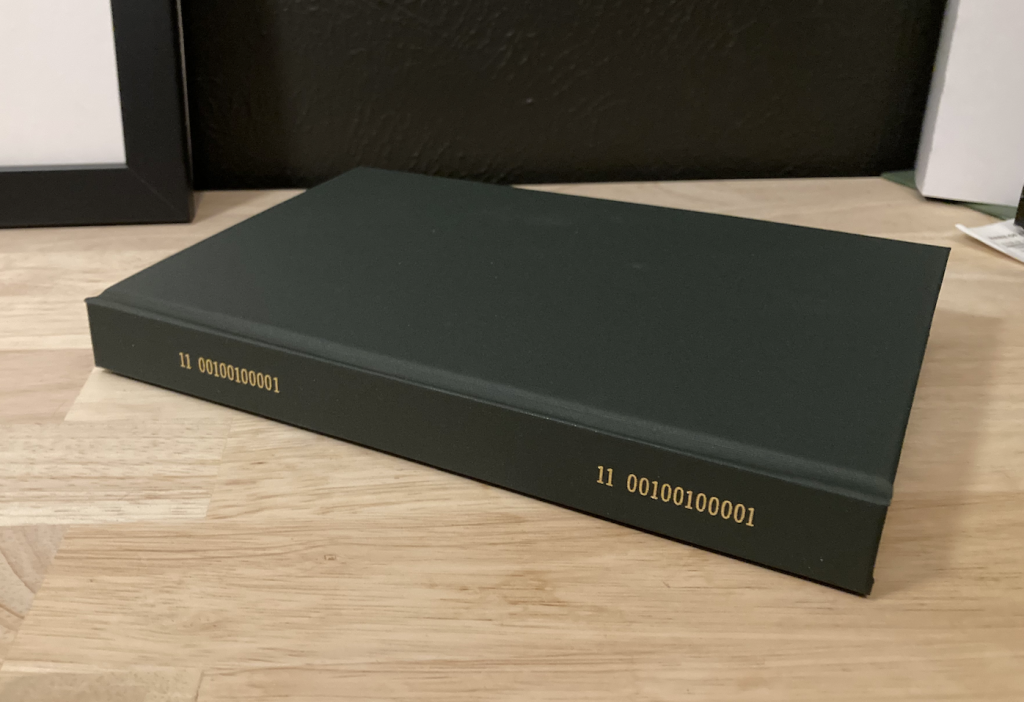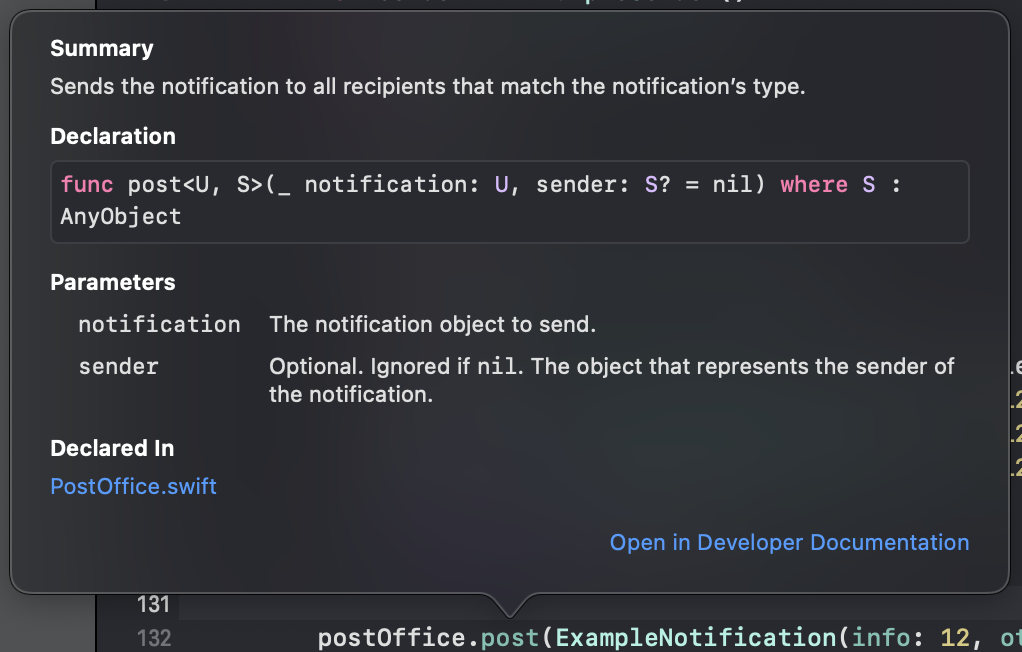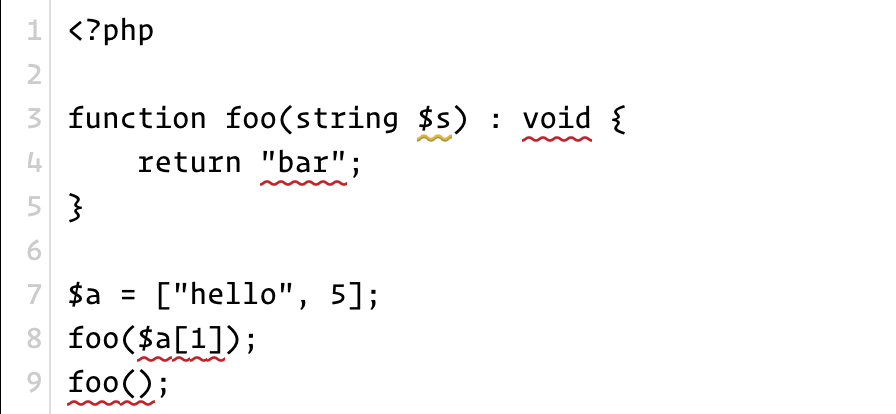Easily creating MCP servers that fit my workflow
I’m continuing my PikaPod adventures, and I’m loving it!
I’ve been using Claude Code as my personal assistant for a few months now. I have a custom Mac app MCP server that can relay my calendar events and reminders, contacts, location, weather, as well as simple custom “todo” list and the ability to read/write markdown files to a dedicated folder.
It’s been a huge help! I can ask natural language questions about my daily schedule and todo items. It tracks long-running projects in markdown files with additional context. I can ask it to research and write files for large Muse projects for instance. Until now, though, it hasn’t been able to access my email.
Continue reading "Easily creating MCP servers that fit my workflow"
























 After logging into the admin console, I was prompted to copy/paste a small bit of code into the wp-config.php. Lastly, I ran the Upgrade script inside admin console and I was off to the races! It couldn’t have been easier.
After logging into the admin console, I was prompted to copy/paste a small bit of code into the wp-config.php. Lastly, I ran the Upgrade script inside admin console and I was off to the races! It couldn’t have been easier. 

















 Today, I’ve become a huge fan of the
Today, I’ve become a huge fan of the 

 While I haven’t yet been accepted into the iPhone Developer program, I’m not at all happy with the reports that I’ve been hearing.
While I haven’t yet been accepted into the iPhone Developer program, I’m not at all happy with the reports that I’ve been hearing.